Test your Z80 CPU at multiple frequencies and determine if your remarked chip from China is a NMOS or CMOS variant.
Designed by Chris Tersteeg in United States of America
Buy with confidence.
Our Tindie Guarantee protects your purchase from fraud. Learn More
Test your Z80 CPU at multiple frequencies and detemine if your remarked chip from China is a NMOS or CMOS variant. Based on the work originally by Виталий Рудик and later respun/improved by kinzi. I…
Read More…Test your Z80 CPU at multiple frequencies and detemine if your remarked chip from China is a NMOS or CMOS variant. Based on the work originally by Виталий Рудик and later respun/improved by kinzi.
I respun the PCB again to add a few quality of life improvements I wanted like a barrel power connetor, power switch and LED, current measuring header, improved reset circuitry, and switched to 1/2 can oscillators instead of using a crystal and associated components (Pierce oscillator).
Unlike a simple NOP tester, this one works by loading a simple program from the EPROM/EEPROM. It first checks the variant by using undocumented instructions like OUT (C),0 , flashes the LED array one to three times to indicate the type, and then does a LED chaser display up and down the various data bus lines. Takes up to two 1/2 can oscillators and with the frequency dividers can test at the following frequencies.
| Divider | 20 MHz Oscillator | 16 MHz Oscillator |
|---|---|---|
| Full | 20 MHz | 16 MHz |
| 1/2 | 10 MHz | 8 MHz |
| 1/4 | 5 MHz | 4 MHz |
| 1/8 | 2.5 MHz | 2 MHz |
| 1/16 | 1.25 MHz | 1 MHz |
There is an interactive BOM here or CSV. I like using Winbond W27C512 EEPROM's in 27C512 applications since they don't require UV to erase like a traditional EPROM.
In the 3D directory there are STL's to print an (optional) LED alignment jig, some support blocks to keep the board level while you solder the LED's, and a simple moutning plate. Secure the PCB to the plate with M3 x 4mm screws.
kinzi's rev3 firmare can be found in the zip file in the firmware directory. Burn test.z80.u880.rev3.bin to a 27C512 compatible EPROM/EEPROM.
Supply 5V center positive to the 5.5mm x 2.1mm DC power jack. On power up, the Z80 should automatically reset, if not, push the reset button. The LED array will flash once for NMOS variants, twice for CMOS, or three times for a U880. After that, the LED's will go "knight rider", and then reset in a continous loop. Use the two jumpers to select the appropiate osciallator and frequency divider you want to test at.
JP1 (Current Test) feeds 5V to the Z80. Remove the jumper and attached a multimeter in current mode if you would like to test current draw of your Z80, another way to tell NMOS and CMOS variants apart. NMOS is around 200mA, CMOS is between 10 to 100mA depending on clock frequency.
Here's a quick demo of the board in action with both a real and fake 20MHz CMOS version from a batch of ten from AliExpress.
No country selected, please select your country to see shipping options.
No rates are available for shipping to .
Enter your email address if you'd like to be notified when Z80 CMOS NMOS Tester PCB can be shipped to you:
Thanks! We'll let you know when the seller adds shipping rates for your country.
| Shipping Rate | Tracked | Ships From | First Item | Additional Items |
|---|---|---|---|---|
|
:
|
Buy with confidence.
Our Tindie Guarantee protects your purchase from fraud. Learn More
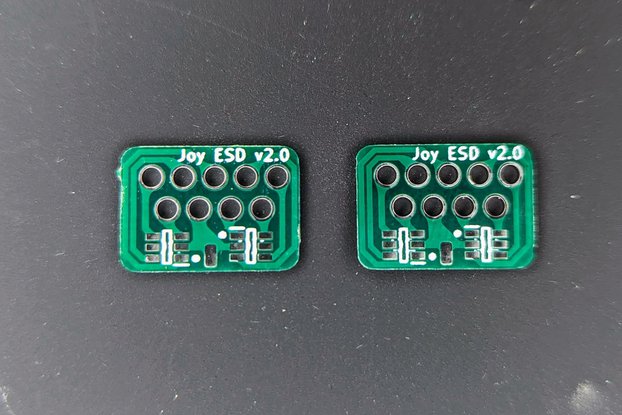
$3.00
Free Shipping!
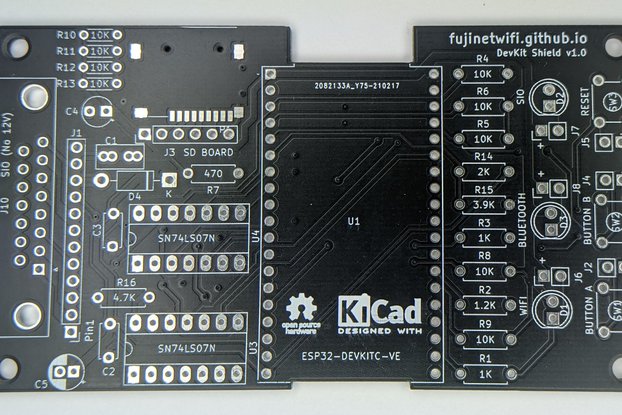
$4.00
Free Shipping!
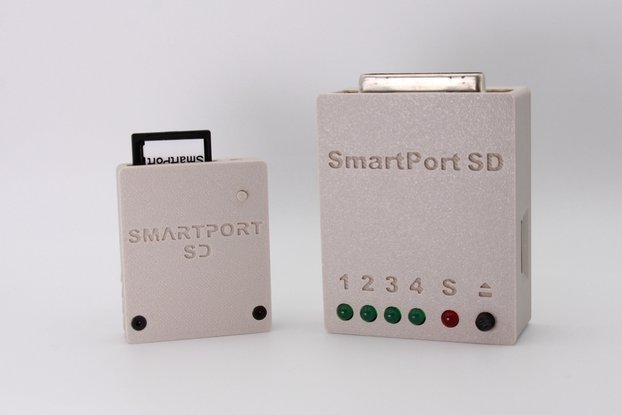
$4.00
Free Shipping!
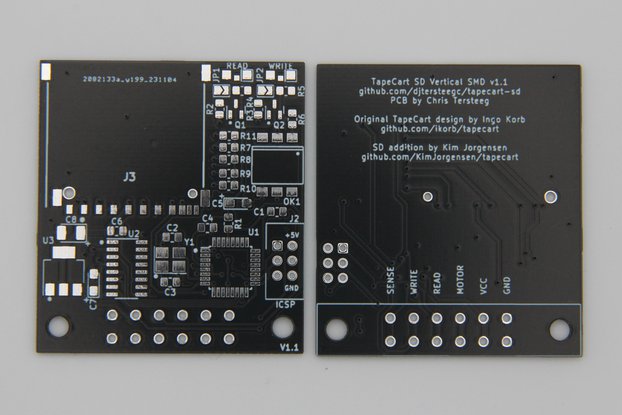
$4.00
Free Shipping!

$3.00
Free Shipping!

$13.00
Free Shipping!

$45.00
Free Shipping!
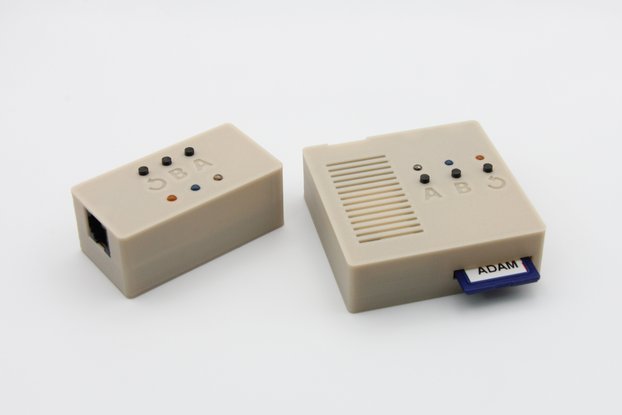
$4.00
Free Shipping!

$35.00
Free Shipping!

$40.00
Free Shipping!

$20.00
Free Shipping!

$5.90
Free Shipping!
By clicking Register, you confirm that you accept our Terms & Conditions
We recognize our top users by making them a Tindarian. Tindarians have access to secret & unreleased features.
We look for the most active & best members of the Tindie community, and invite them to join. There isn't a selection process or form to fill out. The only way to become a Tindarian is by being a nice & active member of the Tindie community!
